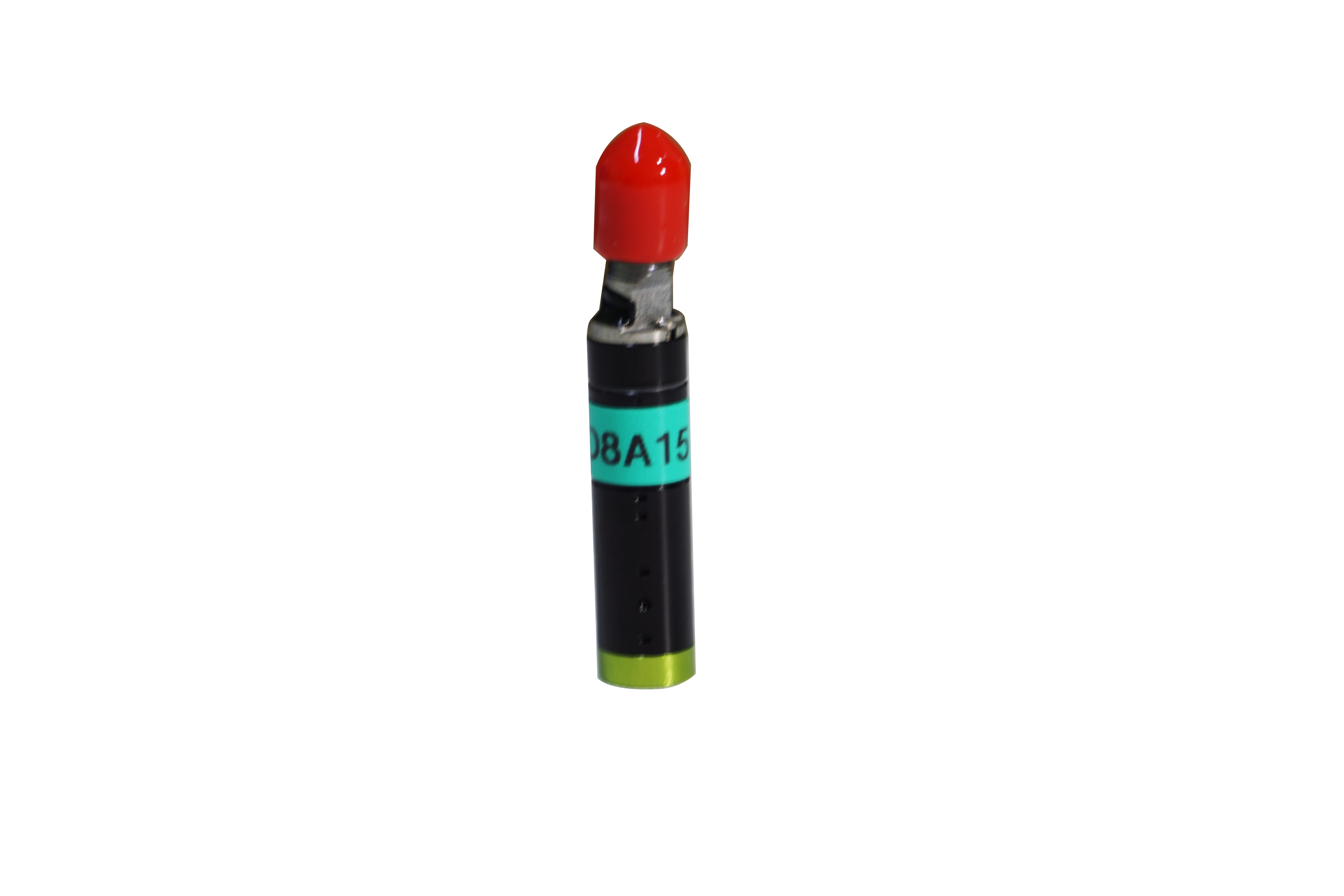2019-12-28
Selection steps: First determine the range, if it is a smooth surface to determine a maximum possible Angle, determine the sample to the lens working distance, select the appropriate size and spot size.
Requirements to measure the curvature of the mirror: priority is given to the lens with a large Angle.
Rough surface: The Angle is large and the light spot is small on the rough surface.
Fast speed: usually the same as other parameters, the light intensity of the large spot is high and fast, and the speed of the large-diameter fiber is fast.
Requirements for high lateral resolution: measurement of micro-topography, micro-gap grooves, roughness, edge finding applications, small spot high lateral resolution, large Angle spot small.
Opaque material thickness measurement: Use two lenses to shoot.
Thickness measurement of transparent materials: single lens thickness measurement can be used for high flatness, high transparency and low precision requirements, and bilateral thickness measurement can be used for high requirements.
Large segment difference: Use a large range lens.
Precision: The smaller the range of the sensor, the higher the accuracy.
Profile measurement: Using precision motion device with sensor lens scanning measurement.
Inner hole side wall measurement: use a turntable to rotate the workpiece.
Multi-channel juxtaposition: Using a small diameter lens can row several more lenses.
Multi-point measurement: Using a multi-channel controller, one drag is more economical.
These are the standometer spectral confocal displacement sensor selection skills, of course, in addition to this, you can also describe your application clearly, let our Standometer technology experienced engineers recommend for you.
Shenzhen Liyi Technology Co., Ltd. is a professional production and sales of displacement sensor, laser displacement sensor, Angle displacement sensor, spectral confocal sensor company, in need of friends can call to consult Liyi fiber coaxial displacement sensor manufacturers. Welcome your call!



